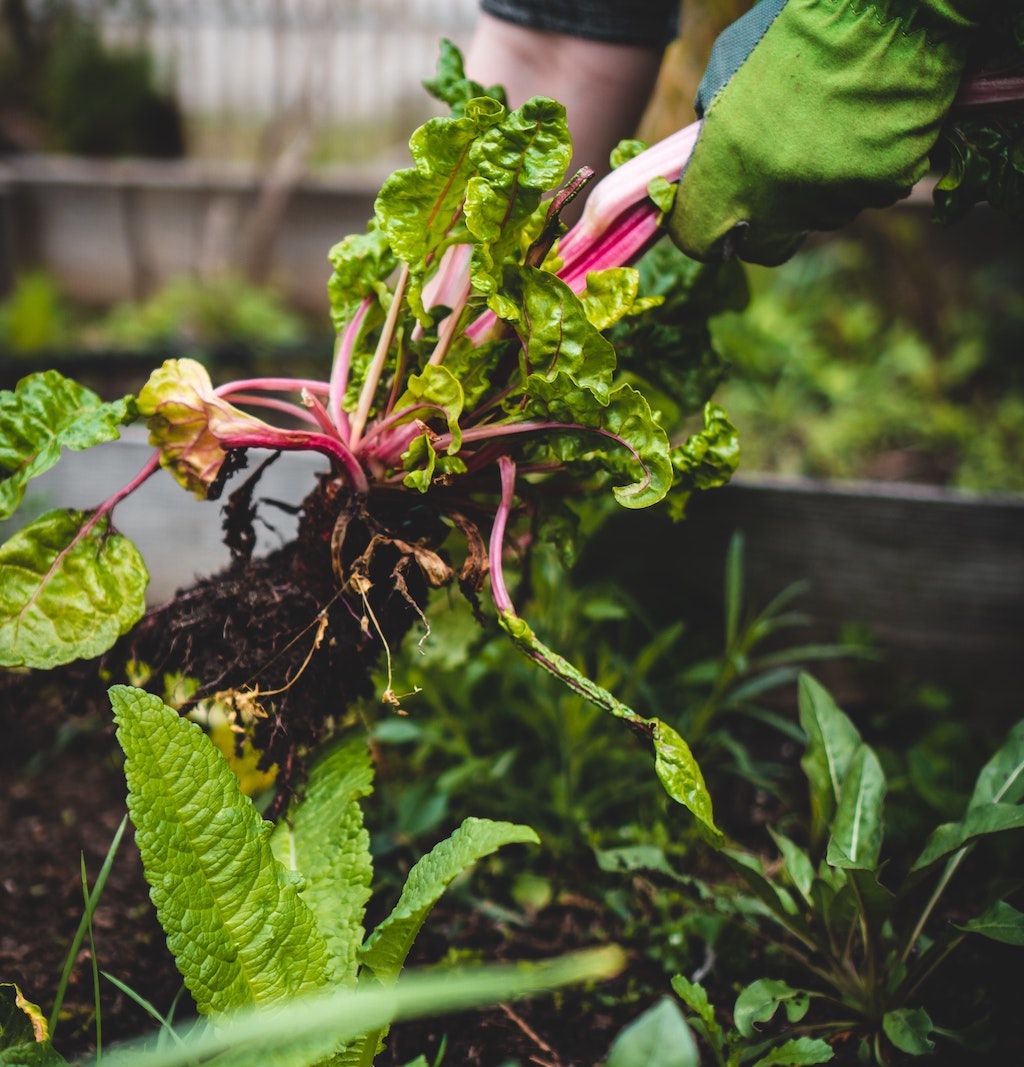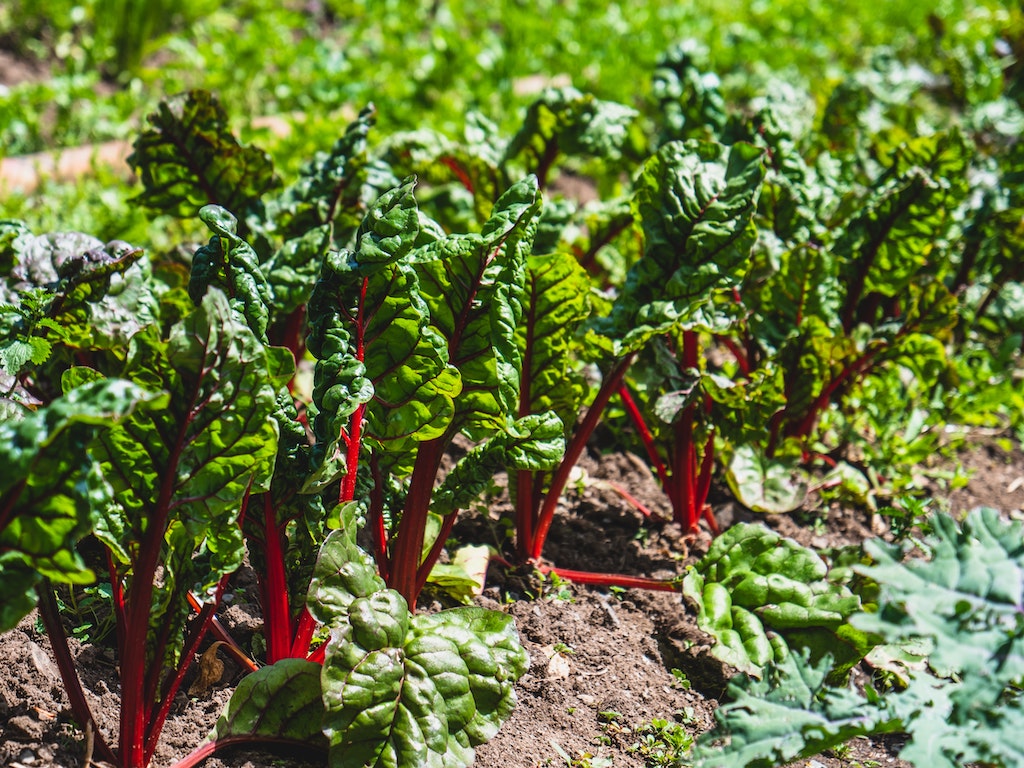4 Mins Read
Carbon farming is gaining traction as a tool to make agriculture more sustainable and fight climate change. But what is carbon farming, exactly? And how could it be used to help draw down carbon emissions?
Here’s an explainer to get you started on what carbon farming is, how it works, the types of measures it involves, where it’s being implemented, and more.

What is carbon farming?
Carbon farming is an agricultural approach that can help sequester carbon into the soil on farmland. Farmers can do this by making adjustments to the way they farm, such as minimising the use of tillage or planting cover crops. Or use organic farming methods and agroforestry to draw even more CO2 from the atmosphere into the soil.
Planting new forests, restoring degraded forests or depleted arable land and improvements in forest management are also ways of effective carbon farming. In addition, it can involve protecting and conserving land that already does boast carbon-rich soils, such as grassland and peatlands.
Many of these practices are already promoted under different names, including organic farming, regenerative agriculture, and permaculture.

Why is soil so important?
Industrial agricultural practices have wreaked havoc on the planet’s soil health. Globally, it is estimated that agriculture and forestry practices account for nearly a quarter of carbon emissions—and a big source of the industry’s environmental impact comes from how the overuse of pesticides, fertilisers, and monocropping techniques have depleted soil.
Depleted soil is less able to store water and absorb carbon dioxide. By applying carbon farming techniques, the soil can be replenished to be able to sequester carbon again, while also being able to maintain its surrounding biodiversity of animals, flora, and fauna.
A climate solution
As the climate crisis continues to intensify, transformation in all areas of the economy—including in the way the world produces food—will be necessary to avert disaster. Restoring and protecting the soil’s power to store carbon will be a big part of the solution.

If applied on a large scale, carbon farming could mean that the food system can actually produce more to feed the planet, while causing less pollution and boosting the Earth’s ability to remove emissions from the atmosphere. That’s why many governments are now promoting it as part of their climate action plans.
The EU, for example, has included carbon farming within its European Green Deal and Farm to Fork strategy. Within the plan, the European Commission will launch initiatives to help land managers and farmers shift towards these climate-friendly farming practices, as well as a regulatory framework to properly monitor and track how much carbon is being stored in carbon farms.
Australia has also promoted carbon farming through its Carbon Farming Initiative, a voluntary offsetting scheme that allows farmers to earn carbon credits by storing carbon and reducing emissions on land. These credits can then be sold to other businesses or individuals who wish to offset their own emissions, providing a financial incentive for the agricultural sector to move towards more sustainable practices.

But it is not the solution
Now, scientists are clear that while carbon farming is a good thing for the planet, it cannot be seen as the solution to fight climate change. Rather, it must be seen as one of the many measures that the world must use to bring down its emissions.
There’s a danger to promoting carbon farming through carbon credits, for example, with large companies often using these offsetting credits as a way to achieve “net-zero” without actually having to slash emissions from their own operations. It’s a warning that environmental NGOs like Greenpeace have made, with the organisation’s executive director Jennifer Morgan stating that there is “no time left for offsets” in a recent conference.
Greenpeace and other environmental NGOs have been critical of the disproportionate focus on offsetting programs, saying that these plans often assume that the impact of offsetting can be realised immediately, when in reality, it could take many years for the soil to be replenished to its full carbon storage potential.
All images courtesy of Unsplash.




